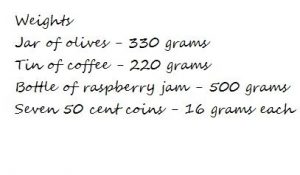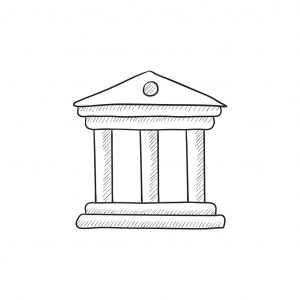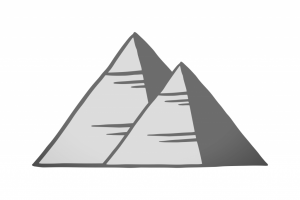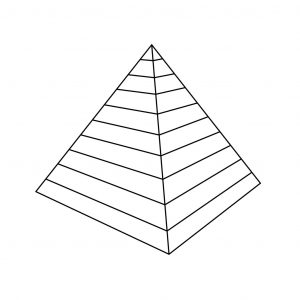Maths Strategies with Coach Chloe
Hi, I’m Coach Chloe and I’m here to help you solve maths problems.
If you don’t understand a challenge:
- Read the challenge carefully or watch the video again.
- Look for me on each page – I’m always there to provide support.
If you are making good progress with the challenge but come across something difficult:
- Don’t give up! Stop, take some big breaths, stretch and then return to the challenge.
- Define the difficulty. By naming or explaining the problem, you will be able to solve it. Is it a miscalculation? Have you left something out or added something in? Have you skipped a step? Define the difficulty and then try to overcome it.
- Keep a record of your thinking, make a list or table and record each stage of your thinking. This will help you to find your way back to the right track if you get stuck.
If you are after some general strategies to use in the challenges, try the following:
2. Guess and Check
Try guessing an answer and seeing if it works. If not, try another and compare. The more logical guesses you make which are wrong, the closer you are to finding the solution. Mathematical researchers do this all the time. Thomas Edison once said ‘I have not failed. I’ve just found 10,000 ways that won’t work.’
For example, in the Eureka Challenge you could build a small version of the tower you intend to create (called a prototype) and then test how much weight it can hold. If you build a few small prototypes you could test how much weight they could hold like this:
| Guess | Check | My Guess is… |
| 100 grams | Standing | Too light, need more weight |
| 200 grams | Standing | Too light, need more weight |
| 300 grams | Collapse | Too heavy, need less weight |
| 250 grams | Standing | About right |
3. Work Backwards
Can you solve the problem by starting at the end of the question? Sometimes we can find the solution by working backwards. This strategy works really well when there is missing information at the beginning of the problem.
For example, in the Eureka Challenge we ask you to build the tallest tower you can. But there are already millions of examples of towers in real life. You could use the shape of traditional towers to think about how you could build your tower. One example you could use is the Egyptian pyramids which have stayed standing for thousands of years.
4. Identify Patterns
Look for patterns. Our entire wold is full of patterns and maths is often the language we use to describe patterns.
In the Eureka Challenge the tower you build could incorporate a pattern within it. In the drawing below you can see that there is a pattern decreasing in size in each layer of the pyramid. This pattern builds strength in the pyramid by equally distributing the forces within the pyramid. You could apply the same theory to apply a pattern to the columns in your tower.
5. Make a Table
Sometimes problems give you lots of data which can be tricky to organise. It can be helpful to set out the data using rows and columns to make a table.
In the Paper Plane Challenge you need to try and throw your plane as far as possible. You could use a table to help you record your information.
| Throwing Strenth | Result |
| Medium-Hard | 8m |
| Medium | 7.5m |
| Very Hard | 2m |
| Hard | 6m |
6. Make a List
Making a list of all the possible answers to a problem can help you to keep track of your thinking and prove that you haven’t just guessed.
For example as part of the Titanic Challenge we ask you to build a small boat and then test how much weight it can carry. To do the test you will need to use things you have lying around with a known weight. A list could help you choose which combination of items to put in your boat.


